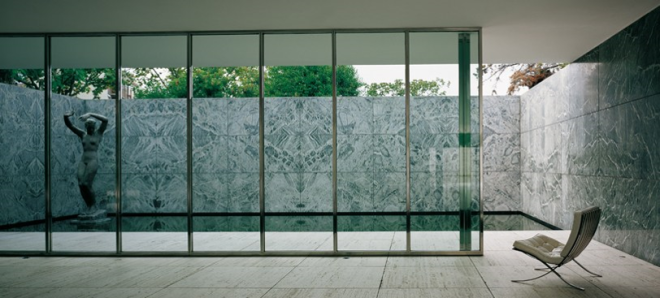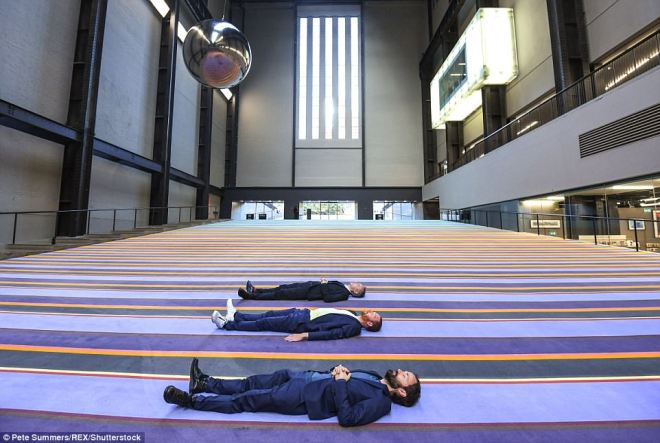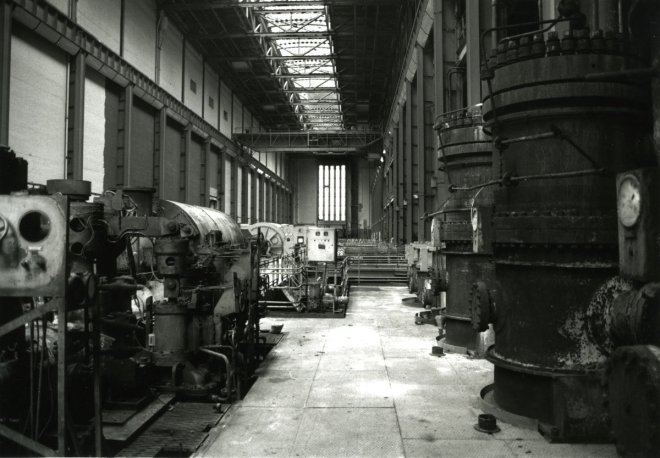Art and Architecture since the begun of both, they have always worked together. The ambient of an exhibition is essential as the exhibition itself. Museums are technically designed to contain and expose a piece of art, but museums focus on different art fields and historical periods.

For example one of the most outstanding architecture works is the German Pavilion,”Pavellón Mies” built by Van Der Rohe in Barcelona for the International Exposition in 1929. The Pavillon was the perfect space for a small collection of interior design, by the Modern movement Bauhaus, now the Barcelona Chair is considered a landmark in 20th-century design.

Another example is the V&A, at first called the South Kensington Museum, 1857; then it was renamed the Victoria and Albert Museum in 1899 when Queen Victoria laid the foundation stone of new buildings along Exhibition Road and Cromwell Road. It contains a vast number of different kinds of art pieces from many places on earth, but it does not include modern art or painting because space has been designed to insert big statue and showcase for smaller objects.

The third kind example is the Tate Modern, the symbol of modern art in London, built in two phases between 1947 and 1963, was designed by Sir Giles Gilbert Scott. It consisted of a stunning turbine hall, 35 metres high and 152 metres long. Since 1981, the space is been transformed unused until the museum is been designed , since it opened in May 2000, more than 40 million people have visited Tate Modern. It is one of the UK’s top three tourist attractions and generates an estimated £100 million in economic benefits to London annually. The space is thought for an art that needs light and space, the monumental dimension of the turbine hall permit to the artist to give no limits of space to his art.

Tate Modern is a remarkable combination of old and new. Bankside Power station was built in two phases between 1947 and 1963. It was designed by the architect Sir Giles Gilbert Scott, who also designed Battersea Power Station and Waterloo Bridge. Constructed of a brick shell supported by an interior steel structure, its striking monumental design with its single central chimney, had often led it to be referred to as an industrial cathedral.
I have been really interested about spaces as old house and abandoned church, that were used as exhibition spaces, the atmosphere was incredibly immersive, most of the event of this kind are about new methods of made art as, interactive art, immersive art, fine art and performance art.
To conclude, every museum has his own kind of architecture for a reason, and this reason is to get the best display for art pieces. Architects and artists have always collaborate to create spaces perfectly designed. Time ago, artist as Michelangelo or Da Vinci were also the architects of palace now become museums for their art pieces.
Bibliography:
The Educational Role of the Museum, Eilean Hooper-Greenhill, Routledge, 1999
Tate Modern website,
V&A web site

